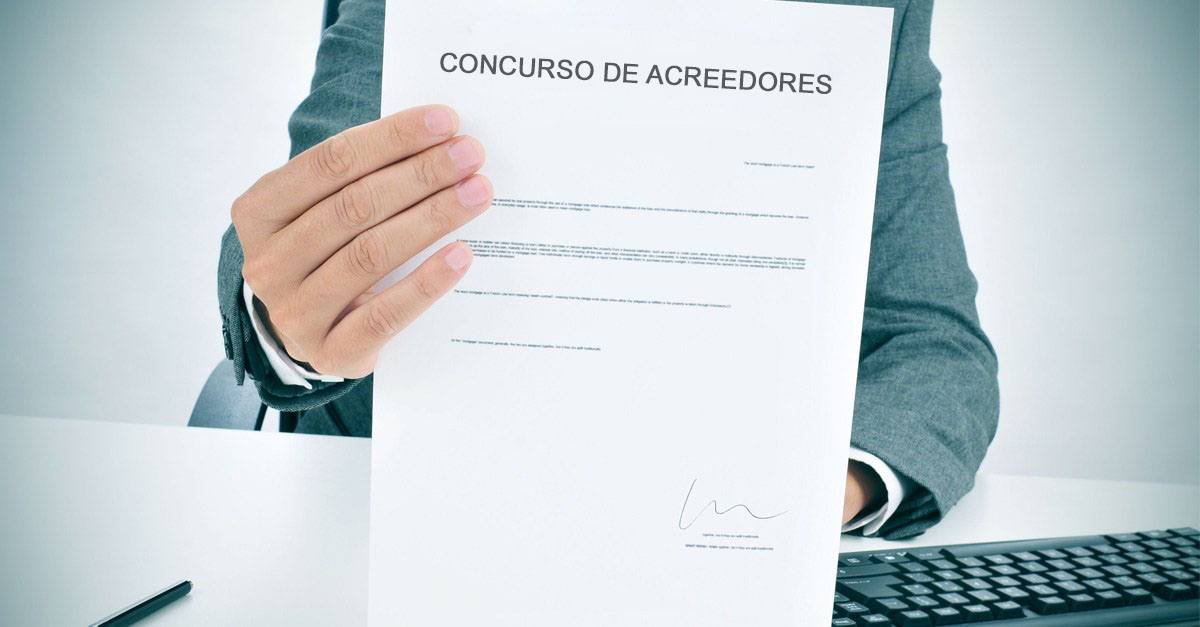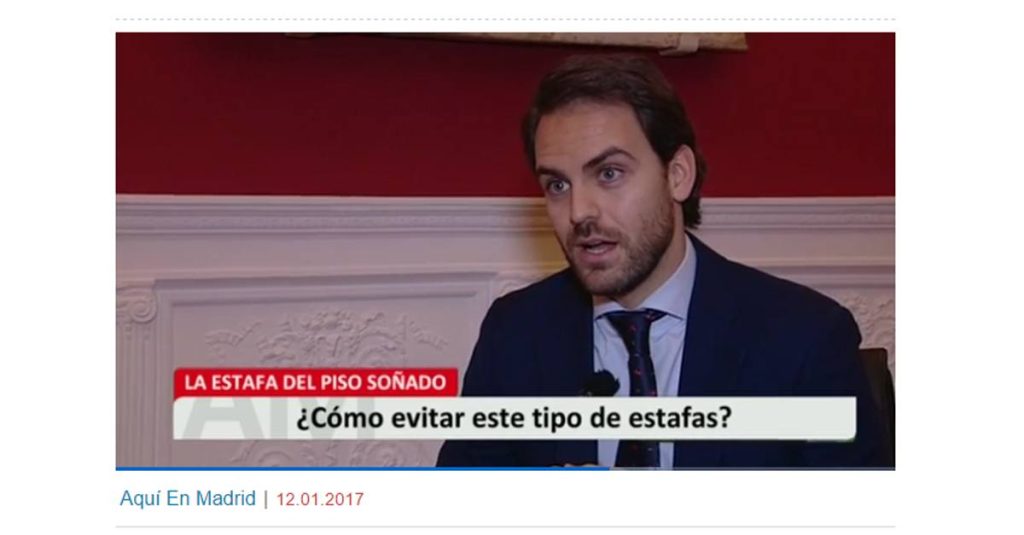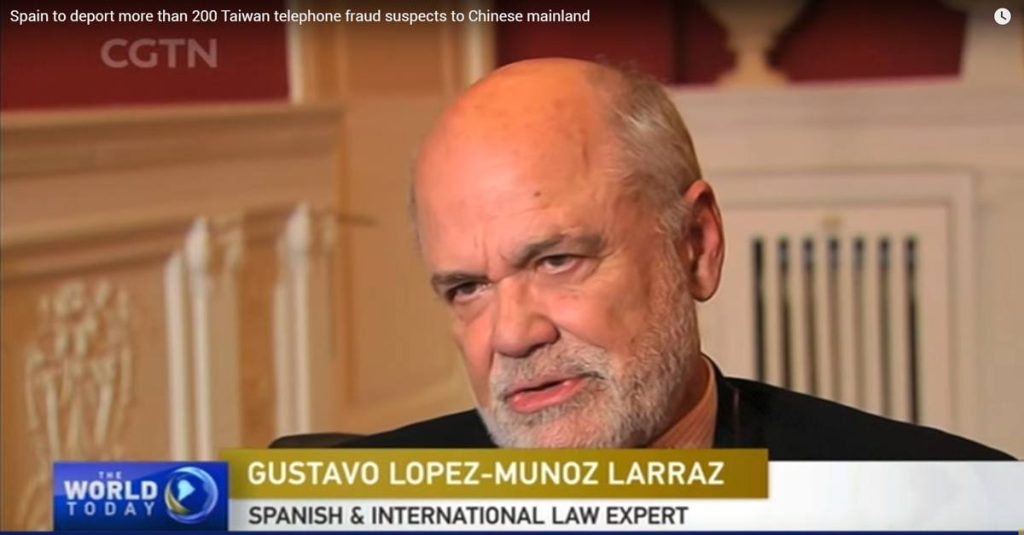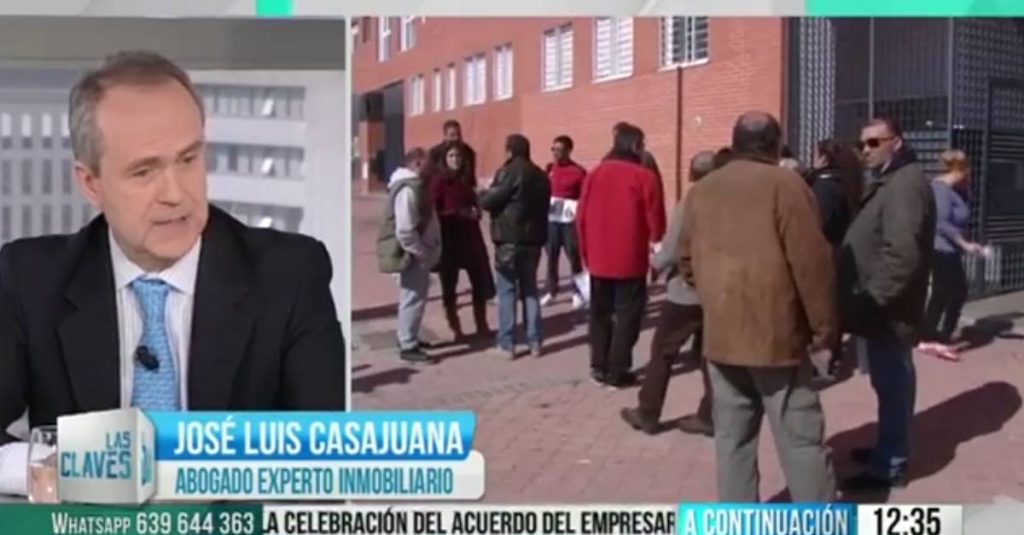What type of bankruptcy exists and how are they declared?

Although the bankruptcy can lead to the closure and liquidation of the company after a situation of lack of liquidity, if requested on time, it does not have to mean the certificate of death of the business but one more tool offered by the Spanish legal system to reverse a prolonged situation of insolvency.
What is bankruptcy.
This is the procedure regulated by the Royal Legislative Decree 1/2020, of May 5, approving the consolidated text of the Bankruptcy Law (hereinafter, “TRLC”) expressly designed so that any natural or legal person can face a situation of current or imminent insolvency and try to get out of it, especially when it is a legal person since not requesting bankruptcy may entail the personal responsibility of its administrators.
Typology
The main types of bankruptcy are the following:
By the applicant
Depending on who is instigating the contest, the voluntary contest and the necessary contest can be distinguished.
On the contrary, the necessary bankruptcy is derived from the request made by the creditor of the natural or legal person in a state of insolvency, admissible only due to the inactivity of the debtor when presenting his bankruptcy within the legally established deadlines. The most serious consequence of the debtor’s inactivity in the face of his insolvency situation is the inevitable opening of the qualification phase of the contest, and he may be found guilty.
For its processing
Due to its procedure, the ordinary, abbreviated and express contests can be distinguished.
The ordinary bankruptcy is applicable by default for all procedures, but in practice most of the bankruptcies are processed through the channels of the abbreviated bankruptcy which can be declared by the judge (ex officio or at the request of the debtor or the bankruptcy administrator) when there are no more than 50 creditors, the debts do not exceed five million euros and the valuation of the assets and rights does not reach the five million, provided that the contest is not particularly complex (ex art. 522 of the TRLC).
The advantage of the abbreviated is the reduction of the deadlines by half with respect to the ordinary procedure, which is especially interesting for small and medium-sized companies that seek to get out of the stagnant situation economical in an agile and fast way.
In the event that the judge clearly appreciates that the assets and rights of the debtor are not sufficient to satisfy the expenses of the bankruptcy proceeding, he may declare the conclusion of the proceeding, or what which is the same, promoting the express bankruptcy. This type of bankruptcy is common in SMEs or entrepreneurs who, due to their unsustainable financial situation, have abruptly ceased the business in order to avoid increasing their debts and lack active mass with which to meet the so-called expenses against the mass.
The related contest
Finally, and differentiated from the previous categories, it is worth mentioning the related bankruptcy, which is the joint declaration of bankruptcy by several specially linked debtors who will be processed under the same bankruptcy procedure. It is especially interesting for those debtors who are spouses, partners, administrators or members personally responsible for the debts of a company or when two companies of the same group are in a situation of insolvency, since they can jointly compete in the same bankruptcy, considerably lowering the costs of the procedure.
It may interest you: “Differences between the voluntary bankruptcy and the necessary bankruptcy”
Declaration of bankruptcy
As has been said, the bankruptcy can be filed by both the debtor and the creditor.
If it is a voluntary bankruptcy, the debtor, whether a natural or legal person, must prove their current or imminent insolvency situation, that is, , the impossibility of regularly complying with its enforceable obligations.
This insolvency can be:
- Current when the debtor, at the time of filing the bankruptcy, can no longer meet its enforceable obligations on a regular basis.
- Imminent if the debtor, even being able to meet his obligations at that time, anticipates that he will not be able to comply with his obligations upon maturity. In these cases, only the debtor is entitled to request the declaration of bankruptcy, since he is the only one who can have access to internal documents that demonstrate said situation.
Regarding the necessary bankruptcy, in order for any creditor to be able to file the bankruptcy, they must provide documentary evidence in their application of the concurrence of any of the external facts included in the art. 2.4 of the TRLC, which are:
- The existence of a previous judicial or administrative declaration of insolvency of the debtor, provided it is firm.
- The existence of a lien against the debtor’s assets and these were not sufficient for the payment of the debt.
- The concurrence of embargoes for executions that generally affect the debtor’s assets.
- The general non-payment by the debtor of his current obligations.
- The general non-payment of tax obligations, social security contributions or wages and compensation to workers (and other remuneration derived from work relationships) payable during the three months prior to the application for bankruptcy.
- The hasty or ruinous liquidation of the debtor’s assets.
However, it is not usual for the creditor to have access to this type of documentation, and by the time they have it, the debtor usually already has processed the bankruptcy application due to their patent situation of insolvency which, together with the high costs that a creditor has to incur to request the necessary bankruptcy of its debtor, means that they are not as common as voluntary bankruptcies.
It may interest you: “What happens when a company goes into bankruptcy?”
Importance of a declaration of bankruptcy on time
As mentioned, the debtor has the legal obligation to request bankruptcy “within the two months following the date on which he would have known or should have known the status of current insolvency” (ex art. 5 of the TRLC). If he did not do so, the bankruptcy will be presumed guilty, and the administrator or the responsible partners may be sentenced to the sanctions included in the arts. 455 and 456 of the TRLC, for example, to the disqualification to administer property of others for a period of two to fifteen years.
Furthermore, a preventive declaration of bankruptcy is extremely important in order to make it possible to formalize an agreement (“bankruptcy agreement”) with the creditors within the bankruptcy procedure, since the debtor, having not allowed the debt to increase and that it reaches an excessive level, will have greater financial viability to agree on an agreement with haircuts, waiting, participating loans, convertible loans or other mechanisms that, if fulfilled, could lead to the continuity of the business
Acting with agility and having correct legal advice is essential if you want to use bankruptcy as a means to enable the continuity of the company, as well as to liquidate it properly and without the debtors incurring any responsibilities.
It may interest you: “What is a pre-bankruptcy ”
18/10/2021



















